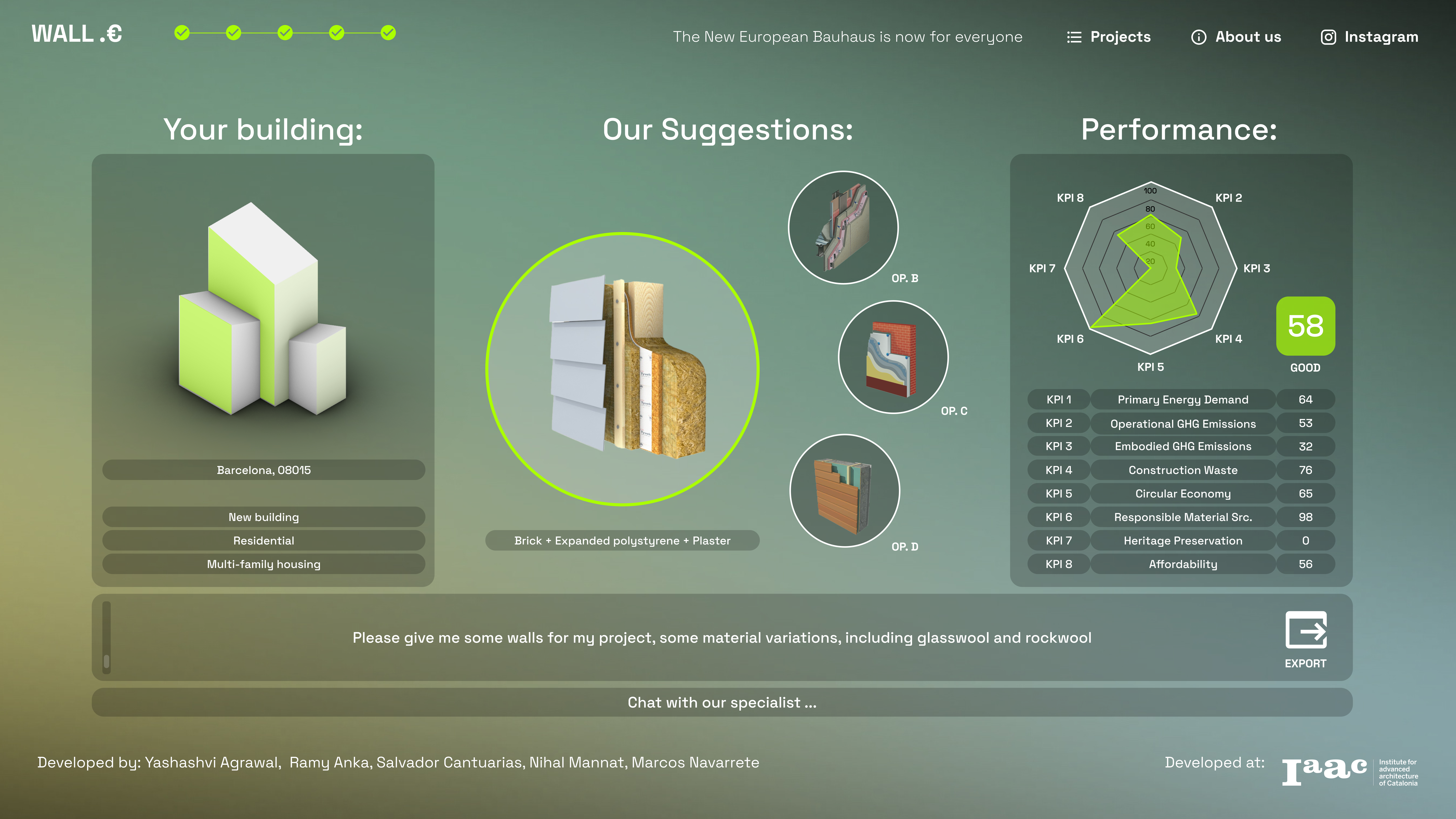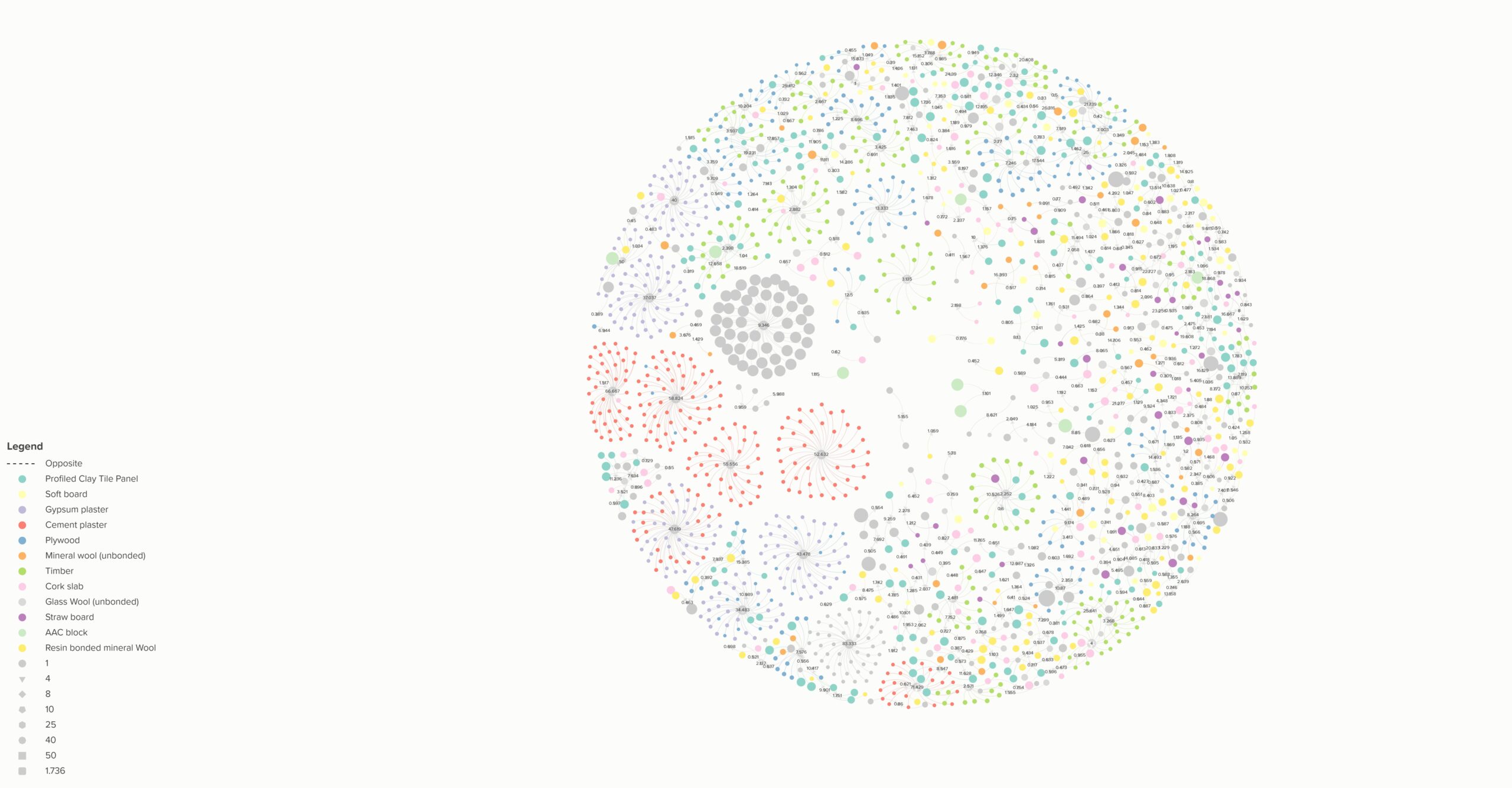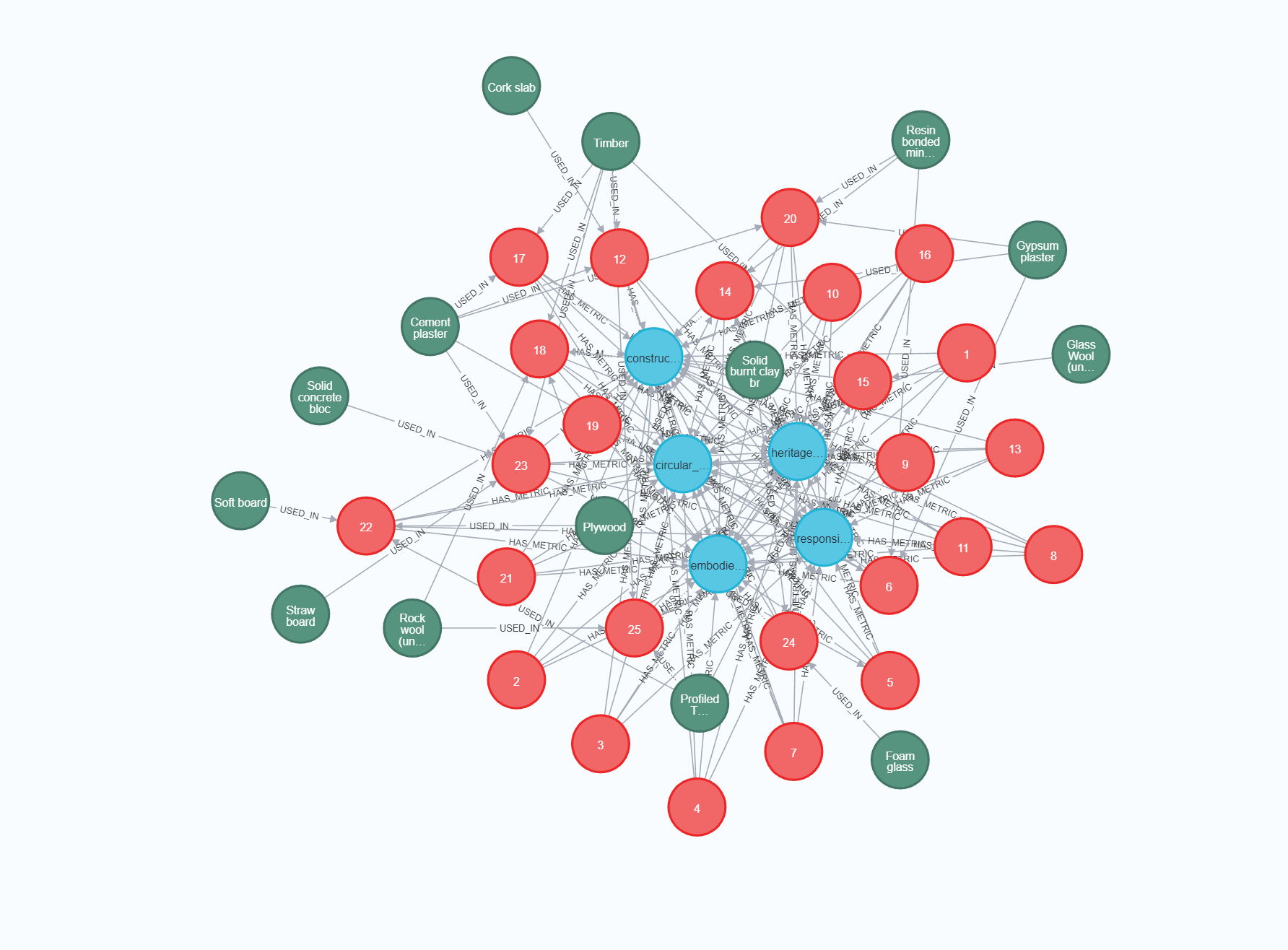Design Communication & Interfaces: Accesible and Interactive AI Suggestions in Facades, based on Environmental Guidelines
The work presented in this blog post explores how UX and UI tools can be used to create a more accesible and interactive platform to this research group’s main project in the Research Studio class. By using tools like Figma and programming in HTML, CSS and JAVA, we try to apply the learnings into AI … Read more




